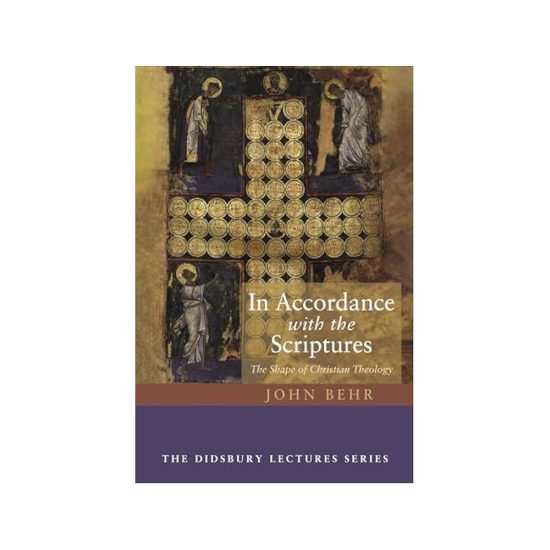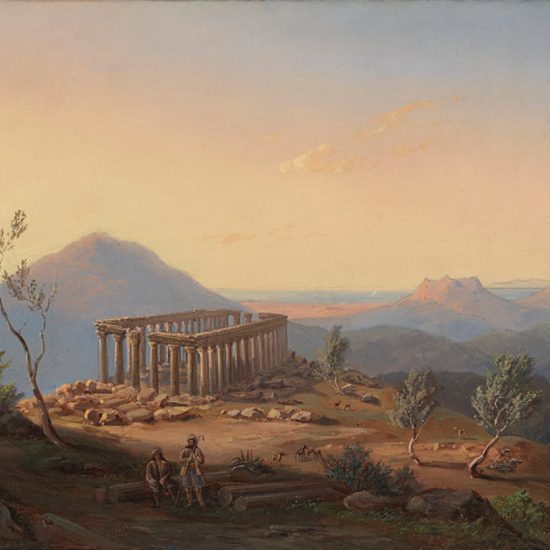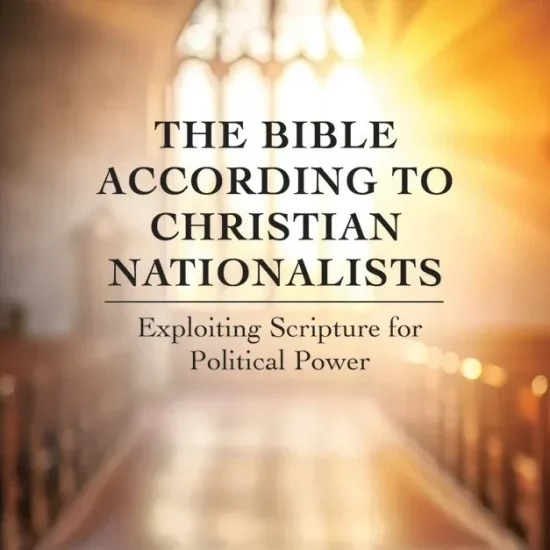My first Bible was a red King James Version New Testament given to me by the Gideons when I was in the fifth grade. I took it home and read its first words: “The book of the generation of Jesus Christ, the son of David, the son of Abraham. Abraham begat Isaac; and Isaac begat Jacob; and Jacob begat Judas and his brethren.”
I asked my parents what “begat” meant, but they wouldn’t tell me. So began my experience with the word of God.
I had other questions as well: How do we know this is God’s word? Did God write it Himself? If He didn’t, why do we call it “God’s word?" How did it get from heaven to earth?
I'm

The Bible's origins often raise questions for readers.
|
not the first or last person to wonder how the Bible was made. Skeptics sometimes claim the Bible was fabricated by church officials meeting centuries after Christ. Many Christians would struggle to explain the creation of God’s word.
It is an astounding fact: God wrote a book you can read today. How did he do it?
Making the Hebrew Bible
We are exploring the creation of the “canon” — from the Greek word for “rule” — the “measuring rod” of our faith. Our story starts with 39 books we usually call the “Old Testament,” the Bible of Jesus and Paul.
First came the “Law,” called Torah or “instruction” by the Jews — the regulations and early history of Judaism. This section was eventually divided into five parts, called the “Pentateuch” (“five books”) — Genesis, Exodus, Leviticus, Numbers and Deuteronomy.
Next came the “Prophets,” called Nebiim by the Jews — prophetic writings and histories. The first four books were called the “Former Prophets” — Joshua, Judges, 1-2 Samuel, 1-2 Kings. (Samuel and Kings were each a single book.) The last four books were called the “Latter Prophets” — Isaiah, Jeremiah, Ezekiel and “the Twelve.” The “Twelve” are our “minor” prophets, given this unfortunate name because they are shorter books.
Last came the “Writings,” called Ketubim by the Jews. The Hebrew Bible lists 11 books in this section — Psalms, Proverbs, Job, Song of Solomon, Ruth, Lamentations, Ecclesiastes, Esther, Daniel, Ezra-Nehemiah and 1-2 Chronicles.
These books were copied with extreme care and discipline. Scribes gave their lives to this task. The “Masoretic Text” — the Hebrew Bible copied by Masoretic scribes — has been preserved with very little change from the biblical era to today.
According to Jewish tradition, a council of rabbis and scholars met at Jamnia — or Jabneh — on the Mediterranean coast of western Judea, in A.D. 90 and again in A.D. 118. The Jamnia councils finalized the list of Hebrew Scriptures, recognizing what their people had accepted as God’s word for centuries. According to Josephus, the first-century Jewish historian, “We have not an unnumerable multitude of books among us, disagreeing and contradicting one another, but only 22 books [his arrangement includes the 24 books of the Hebrew Bible], which contains the records of all past times; which are justly believed to be divine.”
Making the New Testament
Justin the Martyr (executed around A.D. 165) was one of Christianity’s early heroes. He provides our oldest nonbiblical description of Christian worship: “On the day called Sunday, all who live in cities or in the country gather together to one place, and the memoirs of the apostles or the writings of the prophets are read, as long as time permits; then, when the reader has ceased, the president verbally instructs, and exhorts to the imitation of these good things.”
The “writings of the prophets” refers to the Hebrew Bible, while “memoirs of the apostles” refers to our New Testament. How did Christians choose these books?
First, the book must be written by an apostle or based on his eyewitness testimony. Second, the book must possess merit and authority in use. It was easy to separate writings which were authoritative from those which were not. For instance, The First Gospel of the Infancy of Jesus Christ tells of a man changed into a mule but converted back to manhood when the infant Christ was put on his back (7:5-27). It was obvious that such books did not come from the Holy Spirit.
Third, a book must be accepted by the larger church, not just a particular congregation. This fact may help explain why Paul’s letter to the Laodiceans (Colossians 4:16) was not preserved in the biblical canon, while 13 of his other letters were. By the mid-second century, the Gospels of Matthew, Mark, Luke and John were accepted universally, as quotations from Christians of the era make clear. The rest of the New Testament soon gained wide use as well.
Last, a book was approved by church leaders. Lists were compiled as early as A.D. 200. The canon we have today was set forth by Athanasius, bishop of Alexandria, in his Easter letter of A.D. 367. This list was approved by church councils meeting at Hippo Regius in 393 and Carthage in 397. By the time these councils approved the books of our New Testament, they already had served as Scripture for generations of believers.
Biblical scholar F.F. Bruce has written: “What councils did was not to impose something new upon the Christian communities but to codify what was already the general practice of these communities.” Biblical commentator William Barclay agrees: “The Bible and the books of the Bible came to be regarded as the inspired word of God, not because of any decision of any synod or council or committee or church, but because in them mankind found God. The supremely important thing is not what men did to these books, but what these books did to men.”
Making the Apocrypha
The “Apocrypha” — meaning “hidden” or “obscure” — are 15 books which some accept as scriptural and others reject. They probably were written at the end of the Old Testament era, following Malachi (ca. 400 B.C.). All are in Greek, although the book of Sirach may have had a Hebrew original. Jews living in Alexandria, Egypt, accepted them as part of divine revelation, but Jews living in Palestine did not. All are rejected by Judaism today.
Jerome included these books in his Latin Bible, completed in A.D. 405, giving them entry to the Roman Catholic Church. When the Protestant Reformation began, the reformers noted that no Apocryphal book is quoted specifically in the New Testament, and they cited early theologians who distinguished between the Hebrew Bible and these Greek additions. They concluded that these books, while informative, should not be considered divine revelation.
Conclusion
Who decided what books should be in the Bible? Their Author. The same Holy Spirit who inspired biblical revelation led God’s people to the books he inspired. J.I. Packer describes the Bible as “God preaching.” The next time you open its pages, you’ll hear the voice of your Father. This is the promise, and the invitation, of God.
James C. Denison, who has been pastor of churches in Texas and Georgia, is president of Texas Baptists’ Center for Informed Faith and theologian-in-residence with the Baptist General Convention of Texas.






